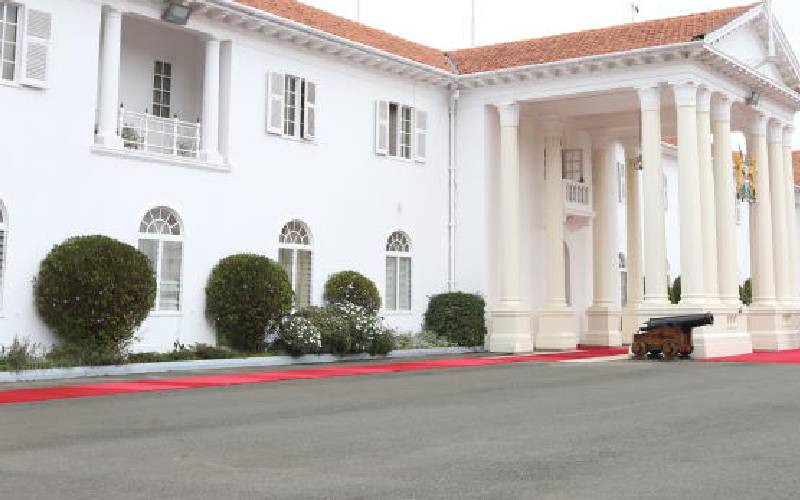×
The Standard e-Paper
Fearless, Trusted News

President William Ruto will be away from the 117-year-old State House in Nairobi for two months to allow renovation.
Architects had warned that parts of the expansive colonial structure had become unfit for habitation and recommended the construction of a new building.